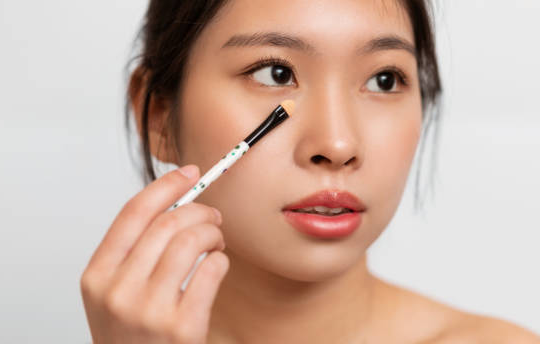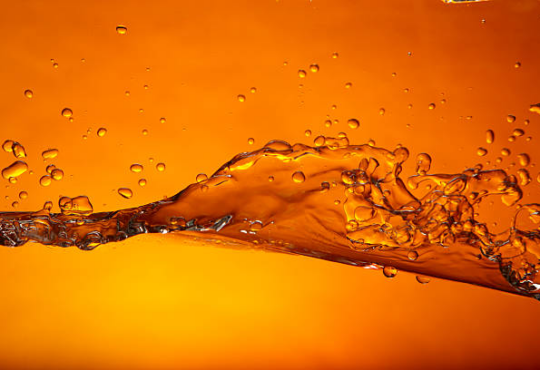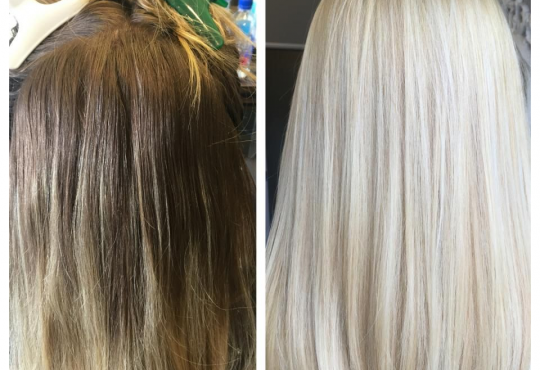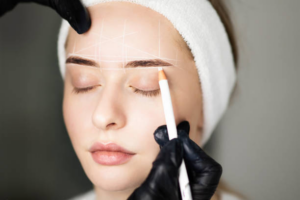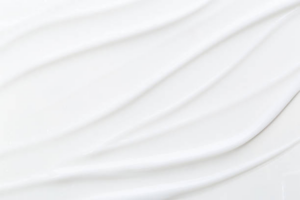
Is Translucent Powder the Same as Setting Powder?
When it comes to finalizing a flawless makeup look, the power of powders cannot be underestimated. Among the various options, translucent powder and setting powder often create confusion, leaving many to wonder if they are interchangeable. Although both are staples in a makeup routine, used to provide a finished, polished look, they have distinct purposes and benefits. Translucent powder primarily serves to mattify the skin and diminish the appearance of pores without adding color, while setting powder ensures that your makeup stays in place and can come tinted to match skin tones. This article will explore the differences and uses of these essential makeup products, guiding you in selecting the right powder for your beauty regime.
Understanding Translucent Powder
Translucent powder is a sheer, colorless powder that is typically applied after foundation. Its primary purpose is to absorb excess oil, reduce shine, and give the skin a smooth, velvety finish. Unlike colored powders, it does not provide coverage but instead creates an invisible layer that refines the skin’s texture.
- Definition and Characteristics
- Invisible on the skin
- Controls shine and oil
- Does not add coverage
- Suitable for all skin tones
- Often preferred for photos and camera work
- Best Practices for Using Translucent Powder
- Apply with a large, fluffy brush for a light dusting
- Focus on the T-zone, where oiliness is most prevalent
- Less is more: avoid over-application to prevent a chalky look
- Use a blotting paper before reapplying to avoid cakiness

Understanding Setting Powder
Setting powder, unlike its translucent counterpart, may come in various shades to complement your foundation. It is designed to ‘set’ your liquid or cream foundation and concealer in place, ensuring that the makeup remains intact and lasts longer throughout the day.
- Definition and Purpose
- Helps makeup last longer
- Can provide additional coverage
- Comes in tinted or translucent options
- Prevents creasing, particularly under the eyes
- Different Types of Setting Powders
- Tinted: Provides color and coverage, ideal for evening out skin tone
- High-definition (HD): Crafted for photography, it creates a soft-focus effect
- Mineral: Offers a natural, lightweight alternative for sensitive skin
- Illuminating: Contains light-reflective particles for a radiant finish
Comparison of Translucent Powder and Setting Powder
Both translucent and setting powders might seem identical at a glance, but they serve unique functions in makeup application. Recognizing their differences is key to effectively utilizing them and achieving your desired look.
Similarities and Differences
| Features | Translucent Powder | Setting Powder |
|---|---|---|
| Adds Coverage | No | Yes (if tinted) |
| Controls Shine | Yes | Yes |
| Longevity of Makeup | Moderate | High |
| Suitable for Photos | Yes | Yes (HD type) |
How to Choose Between Them Based on Makeup Needs
- Consider skin type: Oily skin may prefer translucent powder for its mattifying properties.
- Assess the desired look: For a natural finish, translucent powder is ideal; for extra coverage, choose a tinted setting powder.
- Think about the occasion: For everyday wear, a light application of either powder works well, while for long-lasting performance, setting powder is recommended.
The detailed exploration of these makeup essentials reveals their unique attributes and how each can be incorporated into your beauty regimen. In the following sections, we will delve into application techniques and expert tips to help you make the most of translucent and setting powder.

Application Techniques
Mastering the application of both translucent and setting powder can elevate your makeup routine to new heights, ensuring a pristine finish that stands the test of time and events.
Step-by-step instructions for using translucent powder
- After completing your foundation and concealer application, let the product set for a minute to ensure better adhesion of the powder.
- Take a large, fluffy powder brush and lightly dip it into your translucent powder, tapping off any excess to avoid a heavy application.
- Gently press and roll the brush onto your skin, starting from the T-zone and moving outward, this technique helps to minimize pores and fine lines without disturbing the makeup underneath.
- If you’re using powder under the eyes, switch to a smaller brush, which can give you more precision and help in avoiding the settling of powder into fine lines.
- For the ultimate oil control, you can also employ the ‘baking’ technique where you let the powder sit for 5-10 minutes before brushing off the excess.
Step-by-step instructions for using setting powder
- Choose a powder puff or a beauty sponge for more full coverage and longer-lasting results when applying setting powder.
- Lightly dab the puff or sponge into the powder, then press and roll the product gently over the areas where you have applied liquid or cream-based makeup to set it in place.
- For a more natural look, use a large powder brush to swiftly sweep the powder across the areas where you tend to get oily throughout the day.
- When using colored setting powder, ensure it matches your foundation shade to maintain the integrity of your skin tone.
- Pay particular attention to the under-eye area and the edges of your nose, as these areas tend to crease and require a touch more powder to set the makeup properly.
Pro Tips and Tricks
Professional makeup artists harbor secrets that allow for the impeccable use of powders, providing longevity and perfection to any look they create.
Expert Advice for Flawish Application
- Use a light hand when applying powders to build up coverage gradually and avoid a cakey finish.
- Consider your lighting when applying powder; natural light provides the most accurate representation of how your makeup will look throughout the day.
- Keep in mind skin’s undertones when selecting a tinted setting powder to enhance your natural complexion effectively.
Common Mistakes to Avoid
- Avoid applying too much powder, which can settle into fine lines and look heavy.
- Do not use powder on dry patches or flaky skin, as it can exacerbate dryness and make texture more noticeable.
- Be aware of the color of your setting powder; a shade too light can cause flashback in photos, while a shade too dark can alter the color of your foundation.

Conclusion
Translucent powder and setting powder may seem similar but understanding their unique properties and purposes is essential for any makeup enthusiast or professional. Translucent powder is a go-to for a no-shine, soft-focus effect, while setting powder provides long-lasting wear and, in some cases, added coverage. By choosing the appropriate powder type and mastering the application techniques, you can secure a flawless makeup look that lasts all day.
Frequently Asked Questions
What skin types are best suited for translucent powder?
Translucent powder is incredibly versatile and can be used on all skin types. However, it’s especially beneficial for those with oily skin as it helps control excess shine and refine the skin’s appearance without adding any additional color or coverage.
Can setting powder be used without foundation?
Yes, setting powder can be used on bare skin to control shine or over a primer to create a smooth base for additional makeup. However, its primary purpose is to set liquid or cream products, so its effects may be less noticeable on bare skin.
Is there a way to use both translucent and setting powder together?
Absolutely. You can use a translucent powder to mattify and soften the skin’s texture, and then apply a tinted setting powder to set your makeup if you require additional coverage or color correction.
How can you tell if your powder has expired?
Powders typically have a long shelf-life, but if you notice any changes in texture, smell, or color or if the powder no longer performs as well as it used to, it might be time to replace it. Generally, a 12-24 month timeline is suggested for powder products.
What are some recommended brands for translucent and setting powders?
Popular brands for high-quality translucent powders include Laura Mercier, MAKE UP FOR EVER, and RCMA. For setting powders, many makeup enthusiasts prefer options from brands like MAC, Dermablend, and NARS. Always consider your skin type and coloration when selecting a brand and shade.

